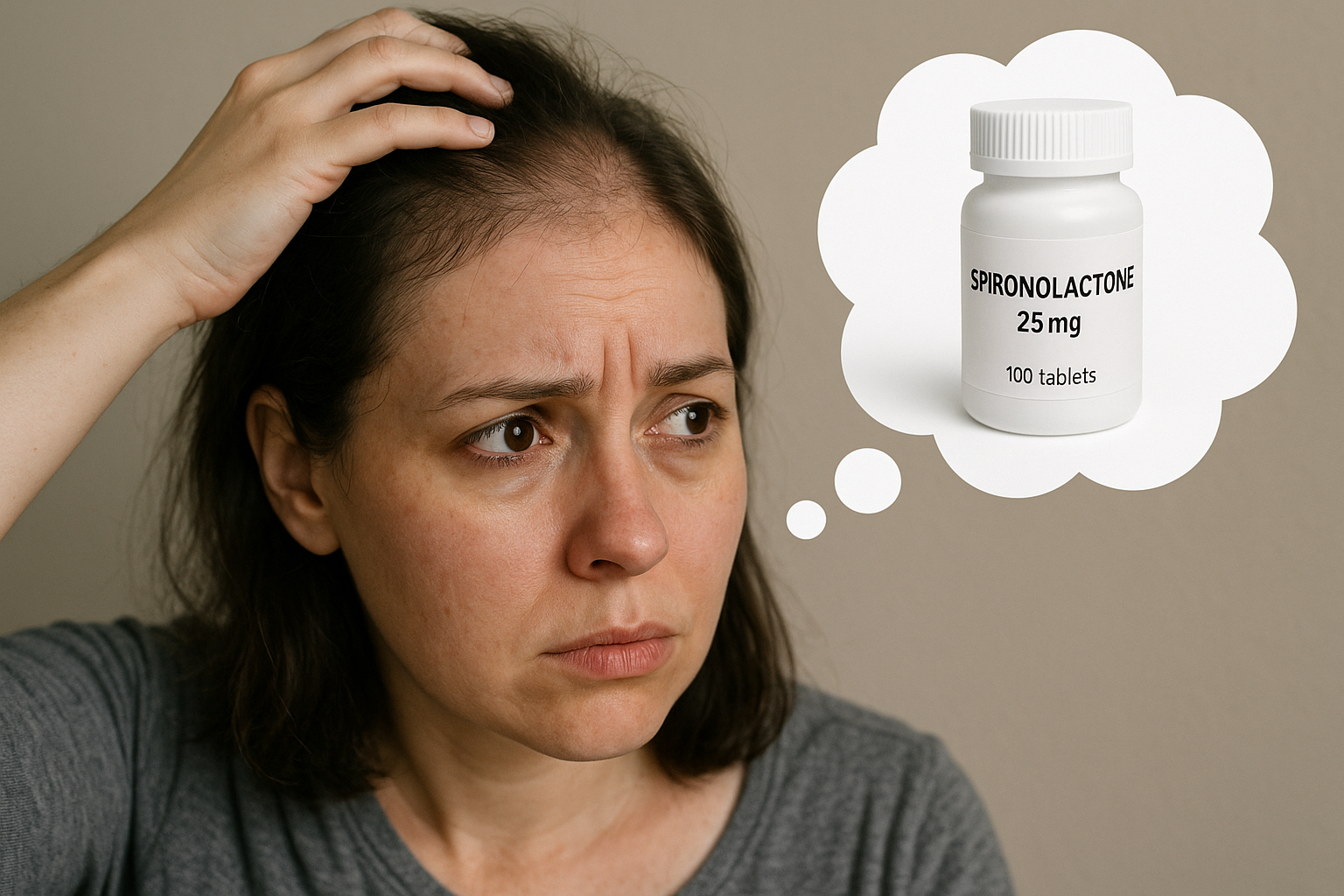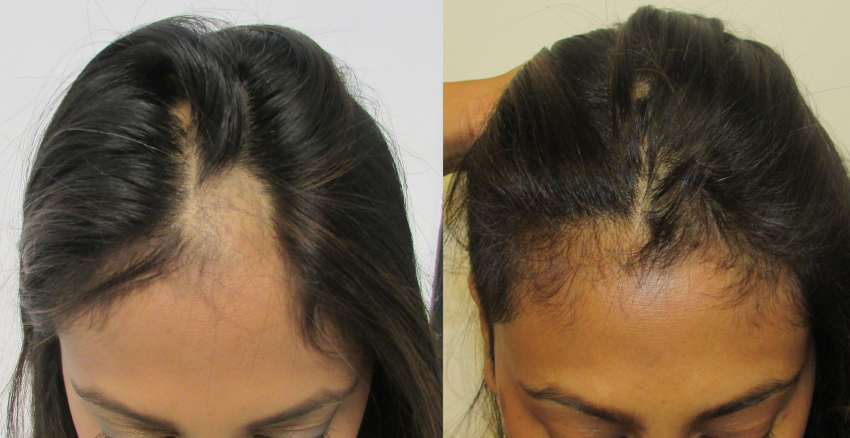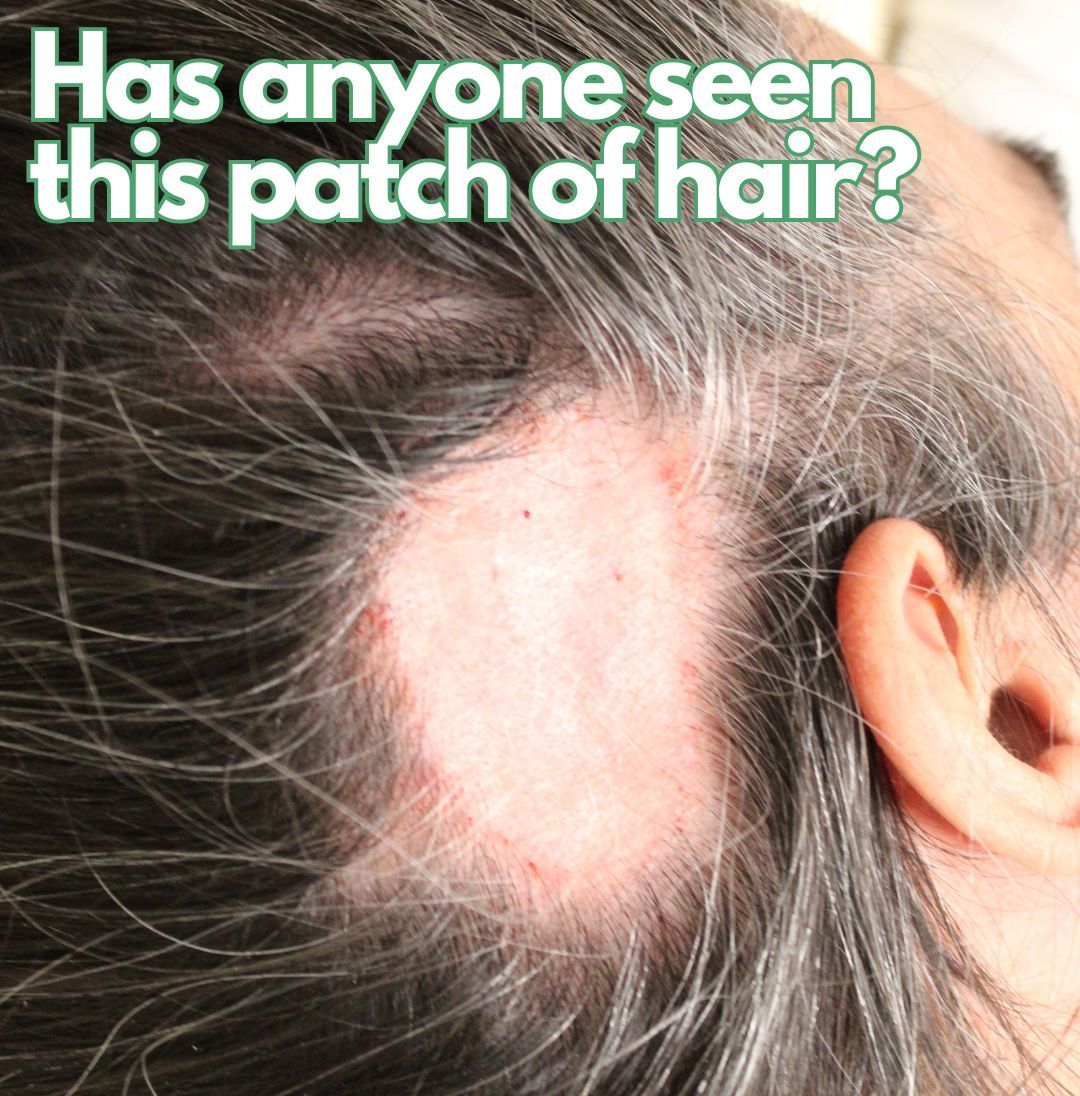Why This Hair Surgeon Quit Doing Transplants
The Clinical Evidence That Exposes the Limits of Hair Transplants

Dr. Ray Nettles performed his last hair transplant in 2013.
Not because he lost his skills. Not because demand dropped.
He stopped because he discovered a deeper biological truth the hair transplant industry doesn’t want you to know.
The Turning Point
"It was very early on," Dr. Nettles recalls. "As soon as I saw that a transplant does not stop the ongoing march of hair loss."
Patients would return months later, confused. Their transplanted hair looked fine, but the surrounding areas kept thinning.
They weren’t warned this would happen. They were sold a transplant as a cosmetic fix — without being told about the underlying biology.
The Billion-Dollar Cycle
Some doctors prescribe finasteride to “maintain results,” but without proper explanation, most patients skip it.
When hair loss continues, patients are pushed into repeat procedures — often financed in 2–5 year cycles.
Each transplant costs $15,000–$30,000. Over a lifetime, many patients spend $60,000–$120,000 chasing density they will never regain.
The global transplant market is projected to hit $141 billion by 2032. That growth comes from repeat surgeries — not permanent solutions.
What Transplants Miss About Biology
Dr. Nettles discovered the real cause: hair loss is systemic, not skin-deep.
Transplants only move hair around. They do not treat the root cause — hormonal and biochemical imbalances.
Even at best, surgical density reaches only 50%. Meanwhile, the donor area is permanently thinned.
The result? “50% less hair everywhere, and tens of thousands of dollars gone,” Nettles explains.
Hair Loss Is a Health Problem
Hair loss is not just cosmetic. It is a biological warning sign.
Underlying hormonal disorders that damage hair follicles also drive:
- Chronic fatigue
- Poor sleep and focus
- Reduced libido
- Exercise resistance
- Anxiety/depression
- Skin inflammation
Scientific studies show that endocrine imbalance alters hair growth cycles and impacts multiple body systems.
The Evidence Behind the Myth
Clinical data proves it:
- Only 67% of patients show visible transplant improvement without medication.
- But 94% improve when given finasteride alongside surgery.
The “miracle” results marketed by transplant clinics are not from surgery alone. They’re from medication and cosmetic enhancements — like hair fibers used in after-photos.
A Different Path Forward
Dr. Nettles used his own clinic as a testing ground. He told patients:
“Let me try to regrow your hair instead for 12 months. If it doesn’t work, I’ll credit your treatment toward a transplant.”
By 2013, he never needed to perform another transplant.
The Real Solution: Precision Biology
"We’ve had transplants for 100 years and Propecia for 45. Now, new science allows us to test blood, identify the exact biochemical imbalances, and correct them," says Dr. Nettles.
Instead of trial-and-error prescriptions, doctors can use precision diagnostics to restore natural hair growth.
It is now possible to reverse hair loss at the biological level.
Why You Haven’t Heard Of This Before
The transplant industry and pharmaceutical companies profit from keeping patients in the dark. Their $100+ billion business model depends on it.
#hair loss biology, #Dr Ray Nettles, #hair transplant alternatives, #hormonal imbalance hair loss, #systemic health hair loss, #precision medicine hair restoration










